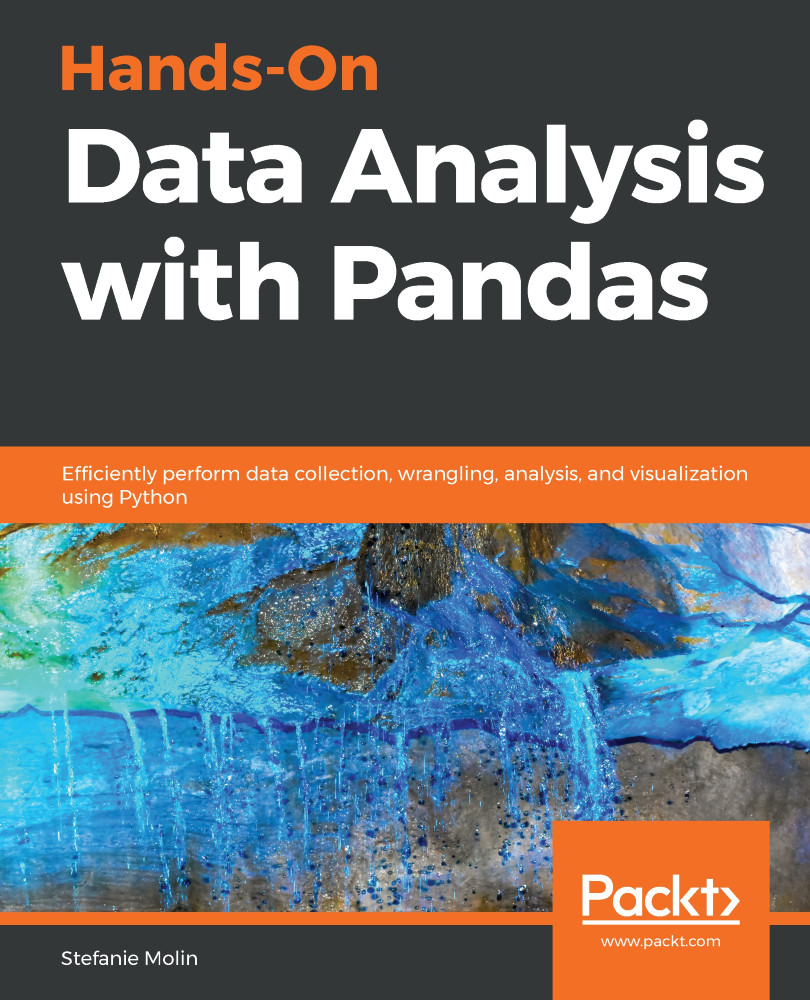So far, all of the code we've learned for creating data visualizations has been for making the visualization itself, and we didn't deal with customizations such as reference lines, colors, and annotations. That all changes now.
Let's handle our imports and read in the data we will be working with for this section in the 3-customizing_visualizations.ipynb notebook:
>>> %matplotlib inline
>>> import matplotlib.pyplot as plt
>>> import pandas as pd
>>> fb = pd.read_csv(
... 'data/fb_stock_prices_2018.csv',
... index_col='date',
... parse_dates=True
... )
>>> quakes = pd.read_csv('data/earthquakes.csv')
Before we jump into some specific customization tasks, let's discuss how to change the style in which the plots are created. This is an easy way to change...


